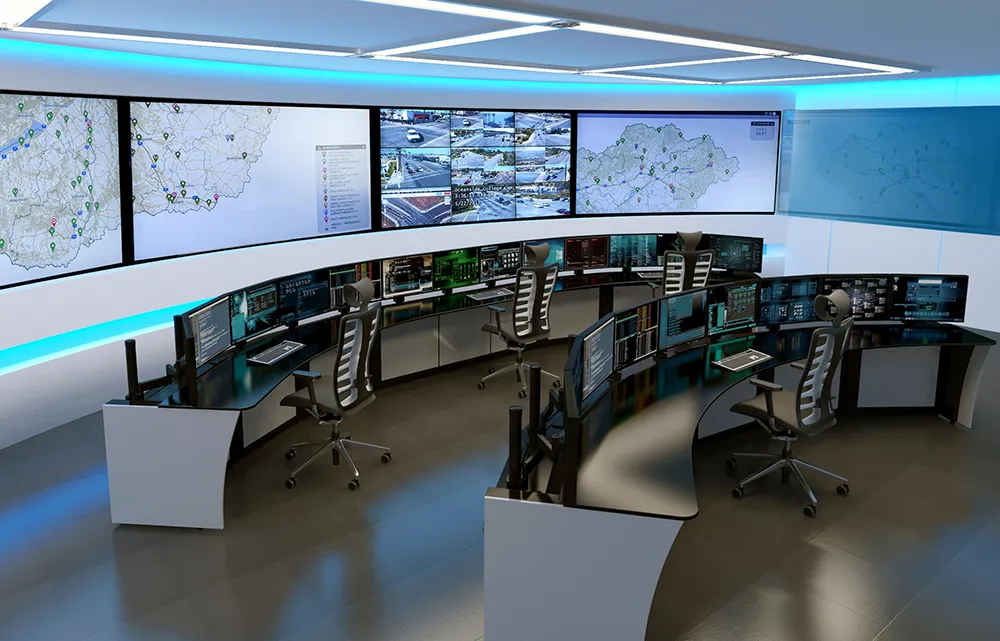Trafficware has released version 2.4 of its market-leading central traffic management system ATMS.now, an advanced traffic management system (ATMS), used by hundreds of state and local Departments of Transportation around the US.
New capabilities in the latest release include: Enhancements to both Google and Bing maps editor screens; A new reporting engine to optimise report generation; Centralised control of documents to be delivered to ATMS users; Performance improvements to increase response times in
February 3, 2016
Read time: 2 mins
New capabilities in the latest release include: Enhancements to both Google and Bing maps editor screens; A new reporting engine to optimise report generation; Centralised control of documents to be delivered to ATMS users; Performance improvements to increase response times in key areas; Refinements to the user interface to optimise user workflow.
Chief technology officer Darren Beyer says, “We believe very strongly in delivering continued value to our customers. While this commitment extends to Trafficware’s entire product line, the sustained investment in ATMS.now, with consistent product releases, continues to deliver the best value to our customer base and is a reason why ATMS.now is gaining customers across North America and the globe.”
Trafficware’s ATMS.now provides transportation authorities with a central management system that can oversee complex networks with diverse needs, as well as advanced capabilities such as SynchroGreen adaptive signal technology, TSP, Emergency.now vehicle prioritisation, and vehicle-to-infrastructure (V2I) integration.









